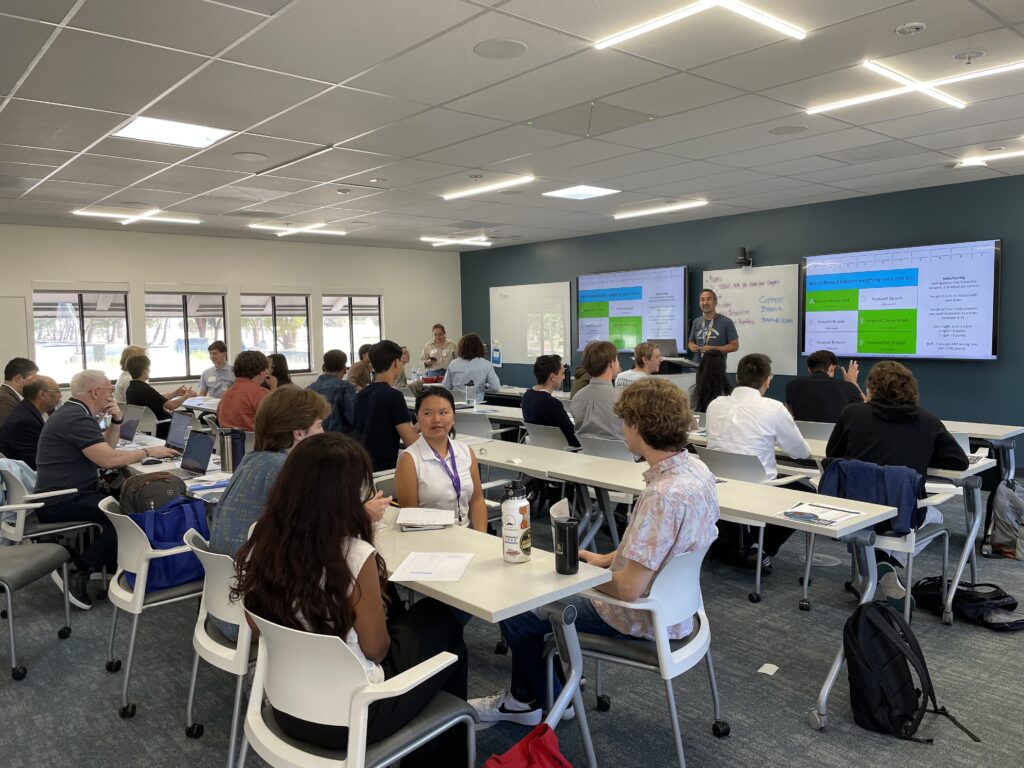The University of California has awarded $8 million in multicampus research grants, in partnership with UC-managed national laboratories, to accelerate progress toward a future powered by abundant, stable, zero-carbon fusion energy.
The UC Initiative for Fusion Energy provides two grants of $4 million over three years. The two winning teams are composed of UC faculty across a wide range of disciplines, representing five UC campuses and the UC-managed Lawrence Livermore and Los Alamos National Labs. This research is funded by fee income the university receives for managing the Los Alamos and Lawrence Livermore National Laboratories.



